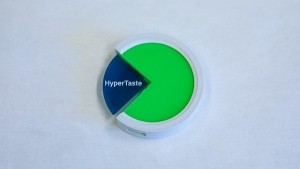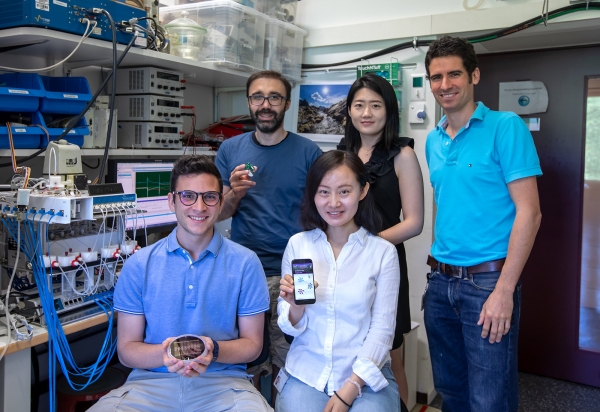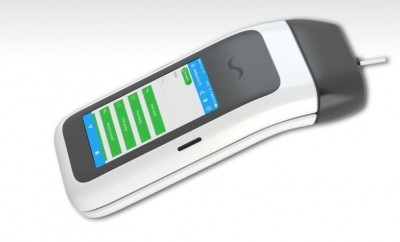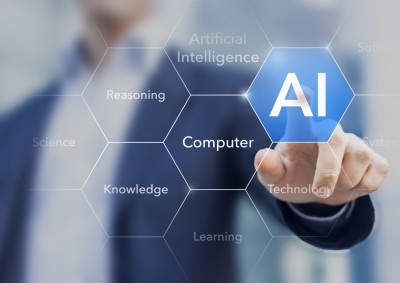IBM’s AI assisted e-tongue could fight food fraud
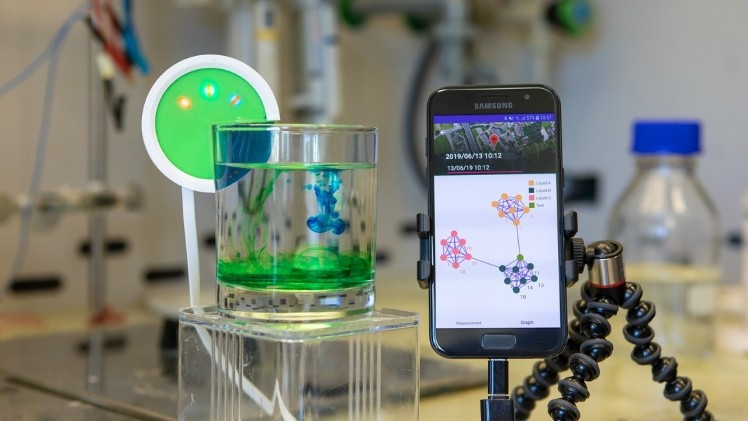
IBM Research is currently working on Hypertaste, an electronic, AI-assisted tongue that, researchers say, draws inspiration from the way humans taste.
This approach reflects the ‘significant technological gap’ between the capability of man-made sensors and the human sense of taste.
According to Patrick Ruch, lead investigator of Hypertaste at IBM Research, a lot of work has already gone into developing robotics to mimic other human senses, notably sight and hearing. But, to date, taste has been left out in the cold.
“There is a lot of research using artificial intelligence and the Internet of Things focused on sight, touch and hearing, but less so in the areas of taste and smell. So we viewed this as a white space where we could contribute our expertise with an eye on potential applications in supply chain fraud and pollution monitoring,” Ruch told FoodNavigator.
How does it work?
Hypertaste caters to a ‘growing need’ to identify liquids ‘swiftly and reliably’ without access to high-end laboratories.
Because liquids contain many different molecules, IBM said it is therefore inefficient to identify each separate component. Instead, Hypertaste uses ‘combinational sensing’ – an approach that resembles our natural senses of taste and smell.
Combinatorial sensing relies on the ability of individual sensors to respond simultaneously to different chemicals. By building an array of such cross-sensitive sensors a holistic signal, or fingerprint, of the liquid in question can be built.
Hypertaste uses electrochemical sensors comprised of pairs of electrodes. The electrodes are covered by a polymer coating that is synthesised at IBM’s lab in Zurich. They are designed to capture a range of chemical information and allow a ‘high degree’ of miniaturisation. The electrochemical sensors each respond to the presence of a combination of molecules by means of a voltage signal, which IBM said is easy to measure.
The combined voltage signals of all pairs of electrodes represent the liquid’s ‘fingerprint’. Once the fingerprint is established it is relayed to a mobile device, such as a smartphone.
A mobile app transfers the data to a cloud server, where a trained machine learning algorithm compares the digital fingerprint just recorded to a database of known liquids. The algorithm figures out which liquids in the database are most chemically similar to the liquid under investigation, and reports the result back to the mobile app.
Fast and effective contamination testing
IBM’s proof-of-concept testing suggests that the entire process takes ‘less than a minute’ from when the sensor is dipped into a liquid to the result reaching the mobile device.
Ruch told this publication that the technology could unlock the door to faster and more cost-effective testing to detect contaminants in the environment or food fraud. It could offer a more cost-effective and immediate alternative to lab testing.
“Certainly, some of the first obvious use cases could be for environmental applications to monitor pollution such as too much lead in water for example,” he noted.
“Another use case is in the supply chain. At present, once food and drinks are packaged, there is little ability to verify that the package actually contains what is on the label, apart from sending the product to a lab for testing.
“Suppliers acting in bad faith may insert lower-quality products into the supply chain with little risk of getting caught, or counterfeiters may even fake a real product by adding the few analytes which are most likely to be tested for in a lab. This is a real problem with wine, mineral water and even olive oil.”
Future development and continuous learning
One ‘big advantage’ of having the machine learning models running on the cloud is that the sensors can be rapidly reconfigured from anywhere without alterations to the hardware, IBM said. To adjust them to a new task, all you need to do is change the parameters of the machine learning models, IBM revealed.
Sensors could also learn from one another by exchanging information about new liquids they encounter. Deploying many such sensors in the field would add an important but missing building block to the Internet of Things: chemical sensors, the researchers noted.
Ruch said that in the long term, IBM researchers envisage using Hypertaste fingerprinting to identify ‘even more challenging liquids’, like those occurring in the life sciences.
“Sampling a person’s urine, for example, could help provide an assessment of the metabolomic fingerprint, which may be understood as the sum of all small molecules present in a living organism. As this rich chemical information is constantly changing depending on factors such as lifestyle and nutrition, metabolomic fingerprinting can be thought of as creating a snapshot of a person’s health.
“Besides possible applications in diagnostic or preventive medicine, such a tool could also allow sub-grouping of patients in clinical trials for new drugs by matching the individual responses of patients to a treatment with information on their personal metabolomes.”
Currently the technology is still at a development stage, but Ruch said it could reach commercialisation relatively soon.
“We are currently improving the technology, while simultaneously speaking with potential commercial partners. The good news is that we are using off the shelf commercial technology, so it could come to market fairly quickly.”
